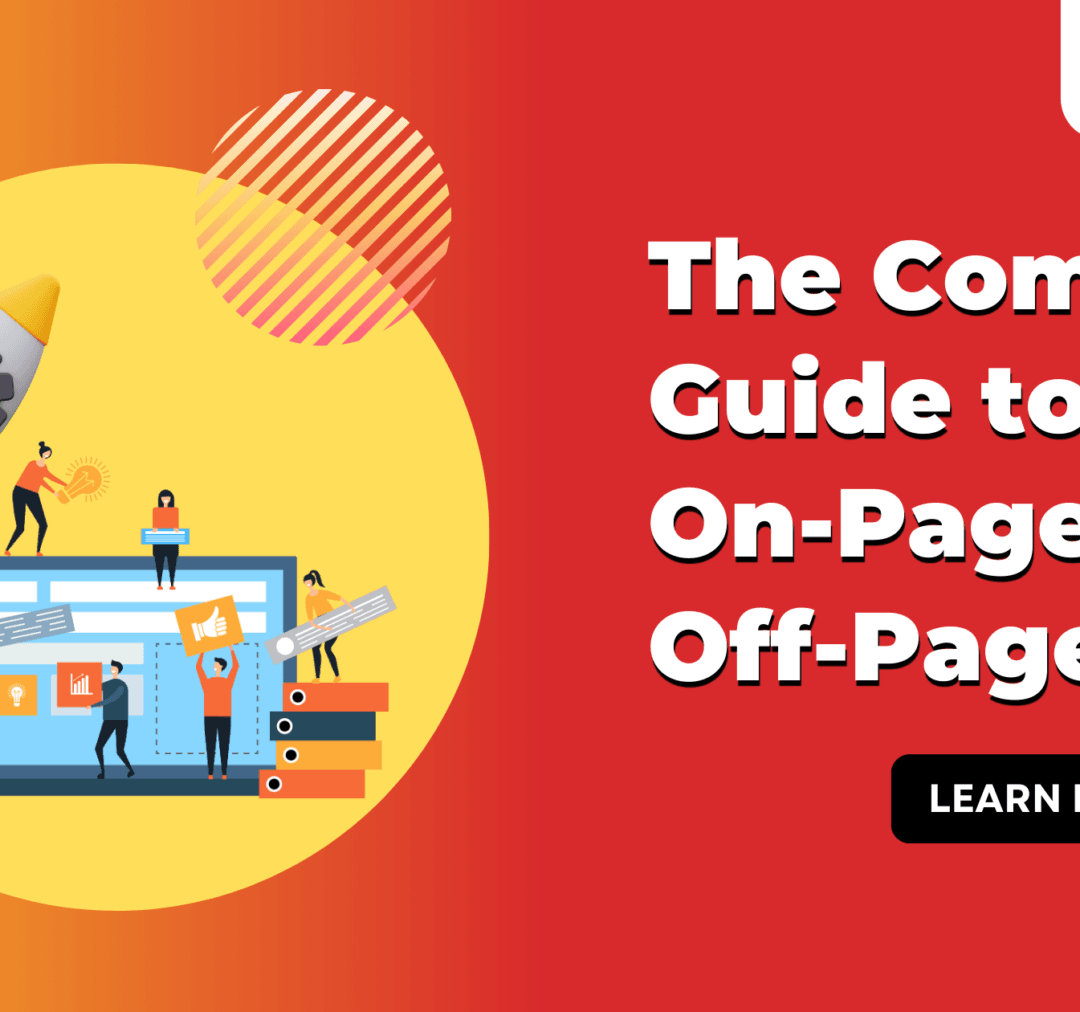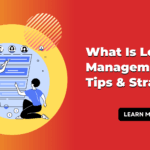Digital marketing is more than just setting up a website and expecting customers to find you. It involves a series of strategies that enhance your website’s visibility and ranking on search engines like Google. Search Engine Optimisation (SEO) is the core of these techniques. Understanding the balance between these two approaches is key to enhancing search engine rankings. In this guide, we’ll explore the essentials of on-page and off-page SEO for effective optimization strategies.
What is On-Page SEO?
What is on page search engine optimization? It refers to all the strategies applied directly on your website to enhance its ranking in search engine results. This includes optimizing elements like your website’s content, HTML code, and overall structure. The goal of on-page optimization is to ensure your website is accessible and appealing to both users and search engines, improving its visibility and performance in search results.
Key Elements of On-Page SEO
- Title Tags: Title tags specify the headline of a webpage. They are one of the most important on page SEO techniques. Make sure the primary keyword what is on page search engine optimization is naturally included in the title tag.
- Meta Descriptions: A brief summary of a webpage. An engaging meta description can enhance your click-through rate (CTR).
- Header Tags (H1, H2, H3): These tags help structure your content, making it easier for both users and search engines to read.
- URL Structure: Clean and keyword-focused URLs improve user experience and search engine readability.
- Content Quality: Creating high-quality, informative, and engaging content is at the core of on-page optimization. Your content should be user-focused and answer queries effectively.
- Internal Linking: Linking to other pages within your site allows search engines to navigate your content more efficiently while also helping to maintain user engagement.
- Image Optimization: Use descriptive alt text and compress images to improve loading speed.
Best Practices for On-Page SEO
- Keyword Optimization: Ensure that your primary and long-tail keywords like on page in seo and on page SEO techniques are strategically placed in titles, headings, and throughout the content.
- Content-Length: Longer, detailed content tends to perform better. Make sure to cover the topic extensively to satisfy user intent.
- Mobile Optimization: With more users accessing content on mobile devices, ensure your site is mobile-friendly.
- Loading Speed: A slow website can harm user experience and rankings.
- Schema Markup: Utilize schema markup to enhance search engines’ understanding of your content, improving the way it’s interpreted and displayed in search results.
What is Off-Page SEO?
While on-page SEO focuses on optimizing elements within your site, off-page SEO encompasses actions taken outside your website to improve your rankings. Think of it as building authority and reputation through off page SEO methods.
Key Elements of Off-Page SEO
- Backlink Building: Backlinks are a cornerstone of off page SEO techniques. They indicate to search engines that your website is credible and reputable.
- Social Media Engagement: Active participation on social platforms can boost your online visibility and drive traffic.
- Guest Blogging: Contributing high-quality content to other websites can build your brand’s authority and generate valuable backlinks.
- Influencer Outreach: Collaborating with influencers can amplify your reach and attract more visitors to your site.
- Brand Mentions: Even without a backlink, brand mentions can influence your online reputation.
Best Practices for Off-Page SEO
- Focus on Quality Backlinks: Quality matters more than quantity. Aim for backlinks from reputable and relevant sites.
- Create Shareable Content: Content that is informative, engaging, and shareable can naturally attract backlinks and social signals.
- Build Relationships: Networking with other webmasters, bloggers, and influencers can open up opportunities for guest posts and collaborations.
- Leverage Social Media: Promote your content on social media platforms to attract more visibility and engagement.
- Use Off-Site SEO Techniques: These include directory submissions, forum postings, and answering questions on platforms like Quora.
On-Page vs. Off-Page SEO: What’s the Difference?

Understanding the difference between on-page and off-page SEO is essential for a well-rounded strategy. Here’s a quick comparison:
| Aspect | On-Page SEO | Off-Page SEO |
|---|---|---|
| Focus | Optimizing internal elements of the website such as content and HTML code. | Building authority and reputation through external activities like backlinks and social engagement. |
| Content Optimization | It entails developing high-quality, relevant content with strategically placed keywords. | Doesn’t directly deal with content creation, but sharing quality content off-site (guest blogs) can attract traffic and links. |
| Keyword Usage | Focuses on using primary and long-tail keywords like what is on page search engine optimization effectively within the content. | Keywords in anchor texts when other websites link back to your site can enhance relevancy and boost SEO efforts. |
| HTML Tags | Optimizing title tags, meta descriptions, headers (H1, H2), and alt tags to improve search engine crawling and ranking. | Off-page SEO does not include any HTML optimization. Instead, it focuses on acquiring external signals like backlinks. |
| Site Structure | Includes optimizing URL structures, improving site navigation, and enhancing user experience (UX). | Does not directly impact site structure, but acquiring quality backlinks can indirectly boost your site’s credibility. |
| Internal Linking | Establishes strong internal linking to enhance content discoverability and improve navigation within the site. | Focuses on backlink building, where external websites link to your content, enhancing authority and referral traffic. |
| Mobile Friendliness | Ensures the website is responsive and mobile-friendly to cater to mobile users. | Off-page SEO doesn’t involve mobile optimization but can drive mobile traffic if external sites and platforms are mobile-optimized. |
| Page Load Speed | Improving load times and reducing bounce rates by compressing images, caching, and using a reliable hosting service. | Does not involve direct control over load speed but faster sites are more likely to attract and retain visitors from external links. |
| Social Signals | Social sharing buttons embedded in content to encourage users to share on their networks. | Encourages shares, likes, and comments on platforms like Facebook, LinkedIn, and Twitter, driving traffic and engagement. |
| Backlinks | No direct involvement in acquiring backlinks but optimized content can naturally attract them. | The primary goal is to gain high-quality backlinks from respected websites in order to increase domain authority. |
Conclusion
In essence, both on-page SEO and off-page SEO play vital roles in ensuring your website ranks higher on search engines. While on-page SEO focuses on optimizing the elements within your site, like content, keywords, and technical factors, off-page SEO strengthens your site’s credibility through actions like link building and social engagement. A well-rounded SEO strategy requires a balanced combination of both approaches to achieve long-term success.








